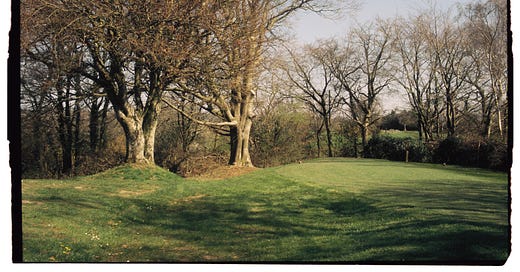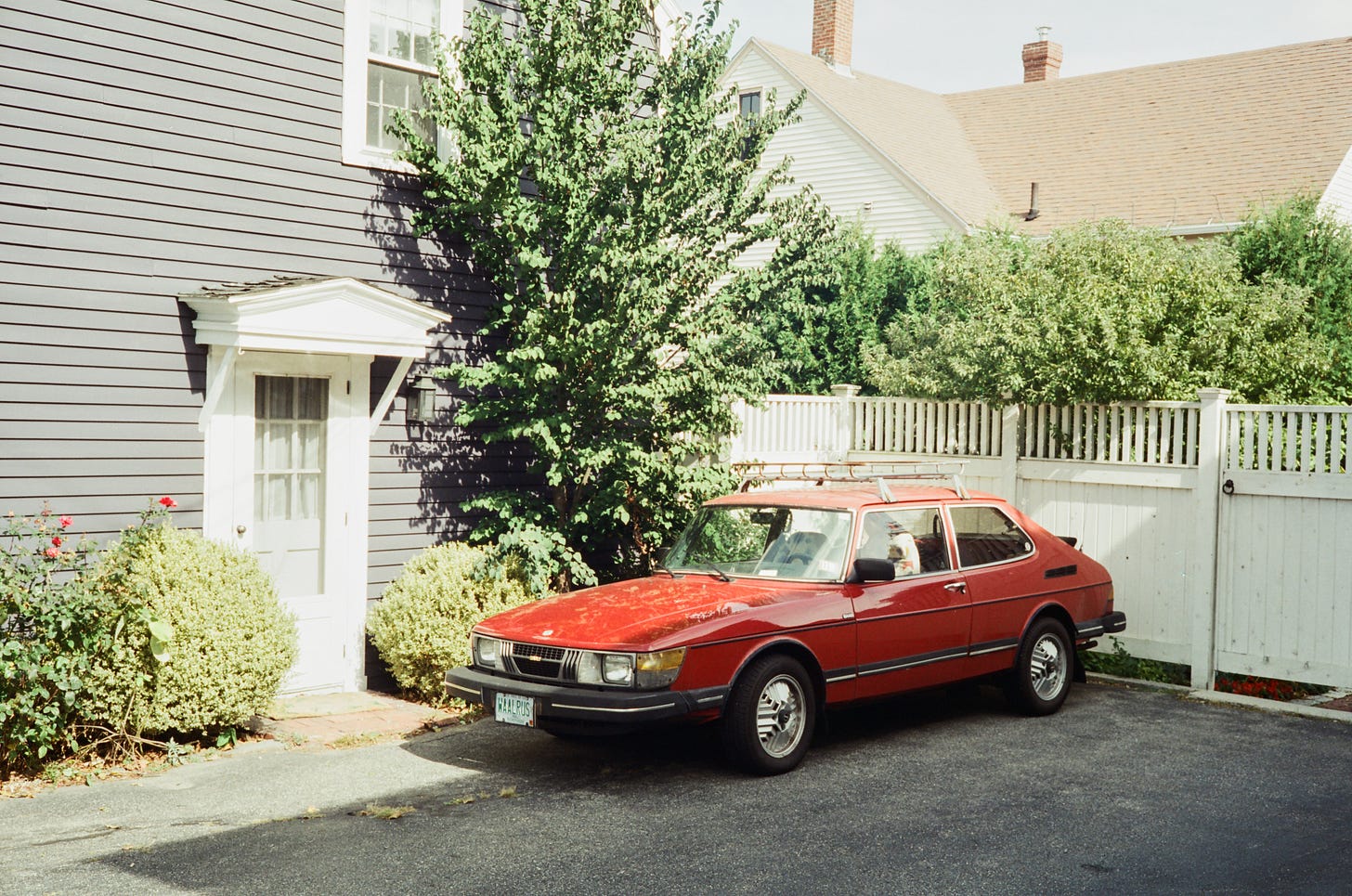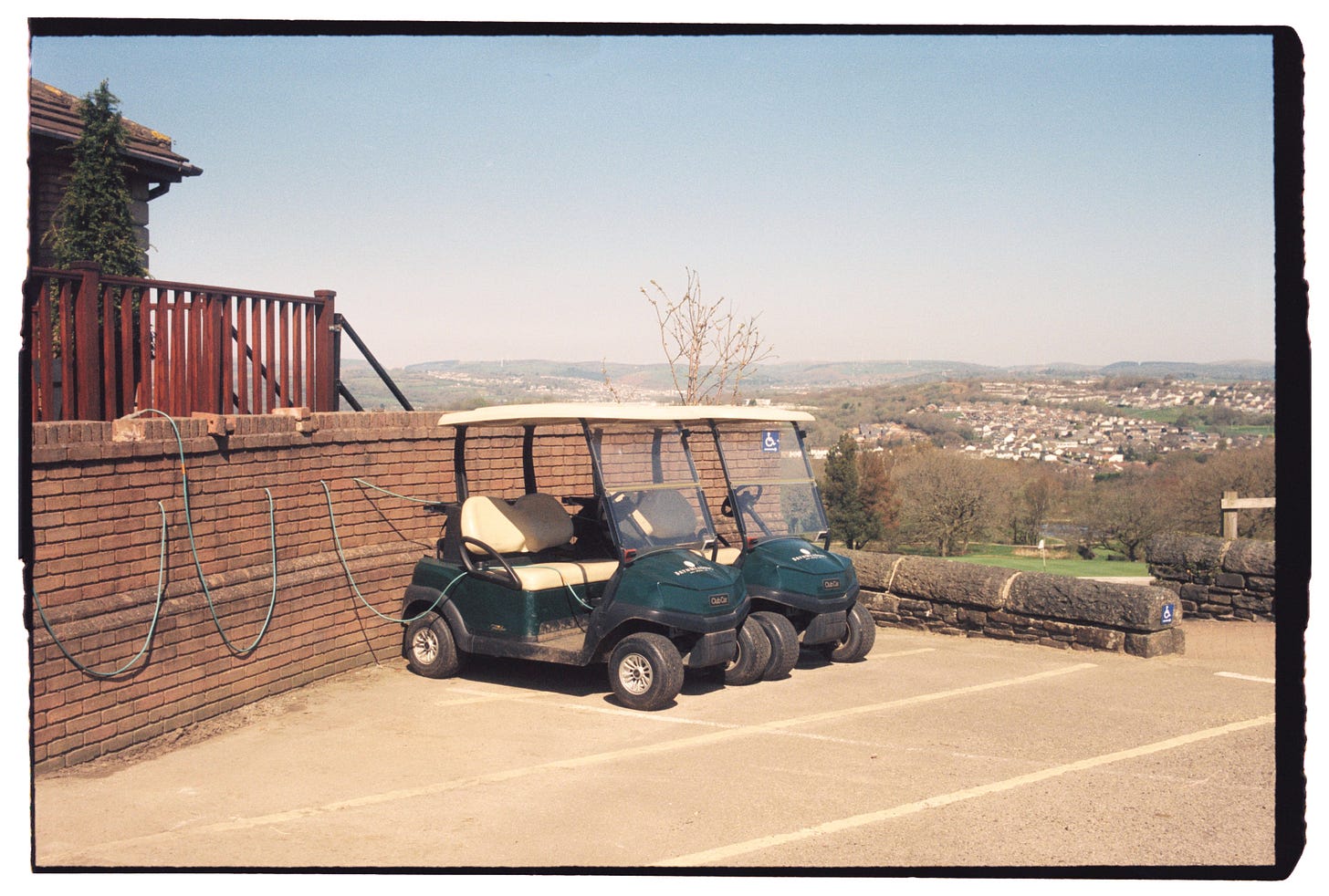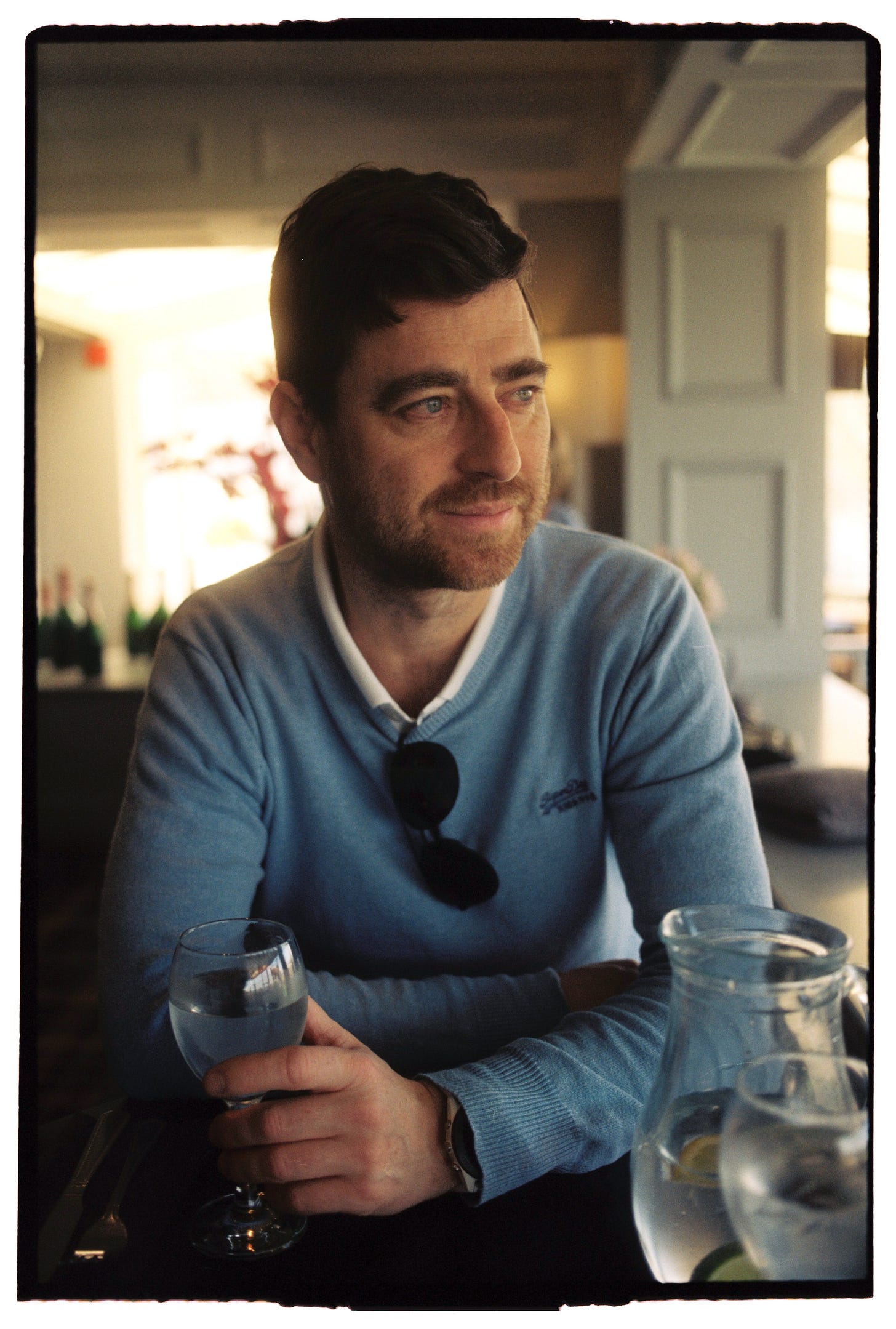Is VISION3 250D the perfect mid-day film?
Let's chat about this dreamy motion picture champion...
Welcome back to another subscriber substack! Hope you are all having a nice weekend?
In this post, I’m going to gush a little over Vision3 250D film and explore why this might be the perfect mid-day film you’ll want to try if you haven’t yet!
There’s also a video coming out tonight on Youtube where I test out Reflx Lab’s 250D offering, but you are getting more of my thoughts and photos early.
Thanks for being here and supporting this newsletter! Let’s dive in…
Motion Picture Film for Still Photography
Kodak motion picture film has come in hot to the still photography market.
Consumer supply has been limited and expensive which is where folks get inventive. Spooling large 100ft or 400ft rolls of 35mm motion picture film into still format cannisters has made a big splash in the analogue community.
While some places have been doing this for a while now, there are loads of new companies popping up to offer a larger variety in more places around the globe.
Carmencita Film Lab had this to say about previous sources of motion picture film on their blog post here:
“Don’t get us wrong, ECN-2 spooled film from the 400ft 35mm cans has been around forever, but it has always been somewhat homemade, poorly labeled, or coming from dubious sources.”
Now, there’s one snag with motion picture film fitting into a still photography process.
Remjet.
Motion picture film has a layer called remjet which protects the film from static discharge and scratching when it’s run through movie cameras at a fast pace.
Some companies like Cinestill, Dubblefilm, and Reflx Lab have been removing this carbon layer and selling motion picture film that can then be processed in C41 chemicals.
C41 chemicals would be ruined otherwise as the remjet layer is quite sticky and dark. I’ve even muddled up a couple of developing reels attempting to remove the remjet at home with washing soda.
While Cinestill has become popular with their products, they have also become expensive.
So, another problem to solve…making motion picture film affordable again.
Well, some folks thought, why not just leave the remjet on?
Leaving the remjet on is perfectly fine, it just can’t be processed straight in C41 chemicals.
Rather, it needs to be processed in its intended chemistry, ECN-2.
Atlanta Film Co. based in Georgia was one of the first to come to the community with ECN-2 motion picture film in still format. Not only did they keep the remjet on, they celebrated it.
They have a connection with the Kodak Film Lab Atlanta. KFLA can splice together individual rolls of still 35mm film and run it through the same process they use for movie productions.
Imagine getting your film processed in the same lab as the Walking Dead?
After Atlanta Film Co. came out with this model, others saw the success and also the need for even more still format motion picture film.
There is also Flic Film in Canada, Reflx Lab in China, and Silbersalz in Germany.
Ok, so back to my question, is Vision3 250D the perfect film to shoot in the mid-day sun?
VISION3 250D aka Kodak 5207
Within Kodak’s datasheet for this film, they had this to say:
The proprietary Sub-Micron Technology enables 2 stops of extended highlight latitude, so you can follow the action into bright light-in a single shot-without worrying about blown-out details.
They also dropped this in too:
The proprietary, advanced Dye Layering Technology (DLT) provides noticeably reduced grain in shadows, allowing you to pull out an amazing amount of shadow detail.
Hmmm, highlight retention, shadow detail, sounds perfect for the contrasty mid-day sun.
Reviewing my results from our fun day on the golf course ending with a visit to Caerphilly Castle, I am sold.
While I’m super impressed with how this film performs during the day, Kodak actually rates this film higher for interior/windowlight during the day…
So let’s see…
Not bad!
I have to say, I’ve become a fan of remjet films. See this video below for my results using Atlanta Film Co.’s 250D offering:
The results are dreamy in a way I haven’t seen before with consumer color negative films. Well, this is why they are used for cinema!
Find a Lab or DIY!
In the video I’m releasing tonight, I mention the cost of developing ECN-2 films. It might be harder to find a lab that offers the developing for it and it can also be more expensive to process than C41, but not always. It depends on your location!
Here are the three options I’ve found near-ish me:
There are also ECN-2 kits for home developing as well if you are looking to save this way. Here are the ones I’ve come across:
I would shop around for the best price if you are interested in these home kits because I’ve found kit prices can vary widely depending on the reseller.
Signing Off
For my future daylight film needs, I would definitely consider opting for vision3 250D film over a color negative option. It’s beautiful and rich and I love it.
Have you tried this film? What are your thoughts on remjet, love it or leave it?
See you next time!
Molly















